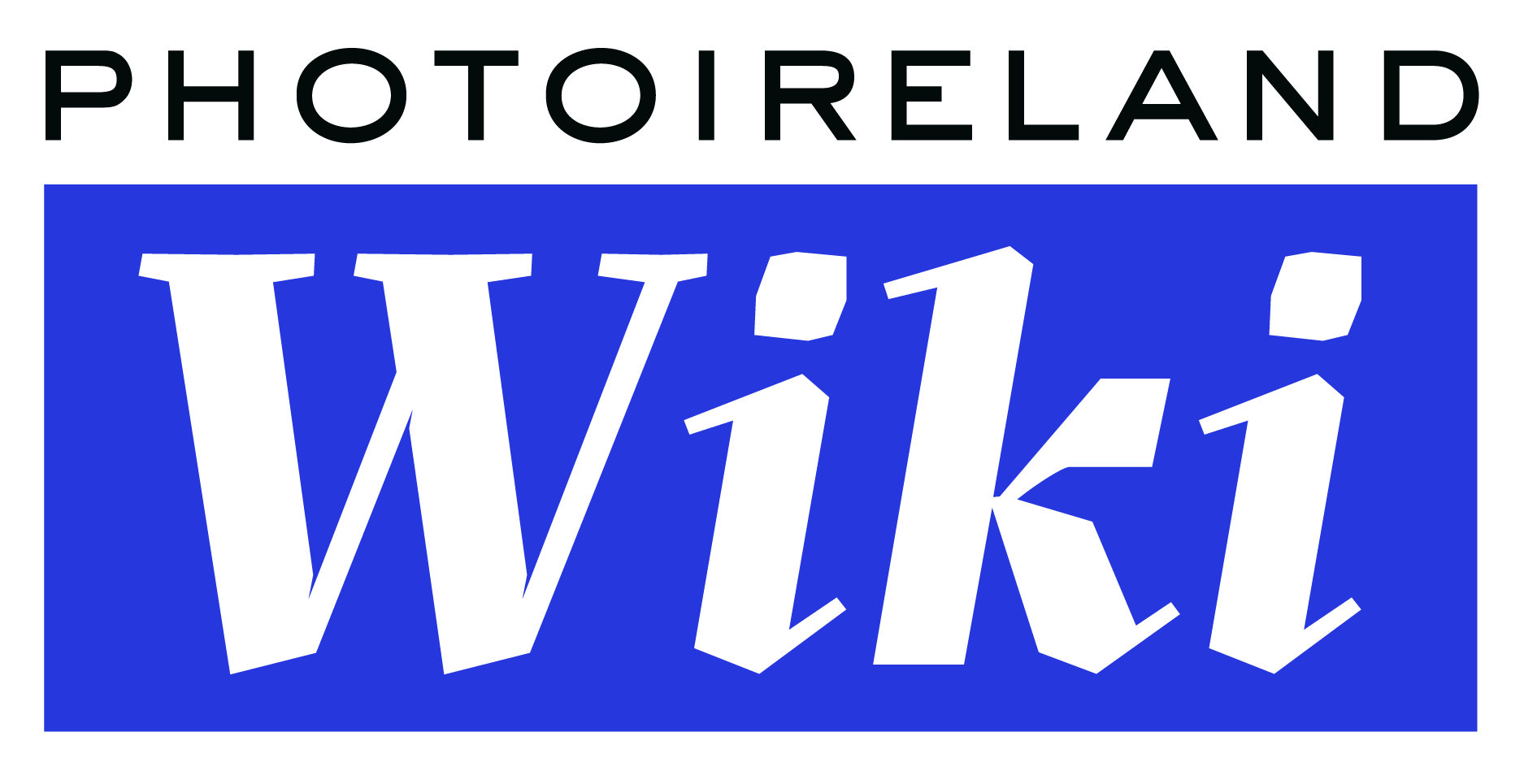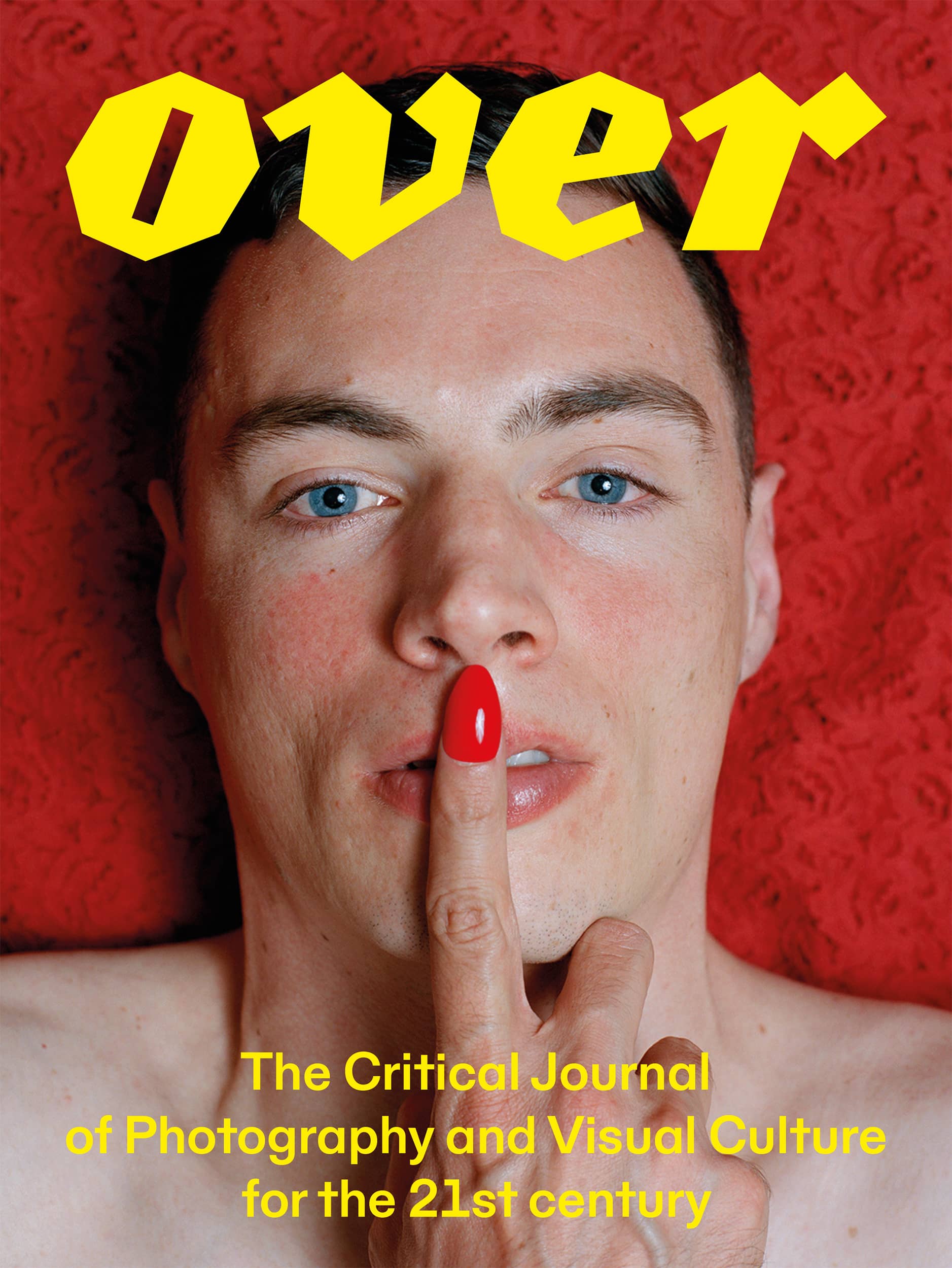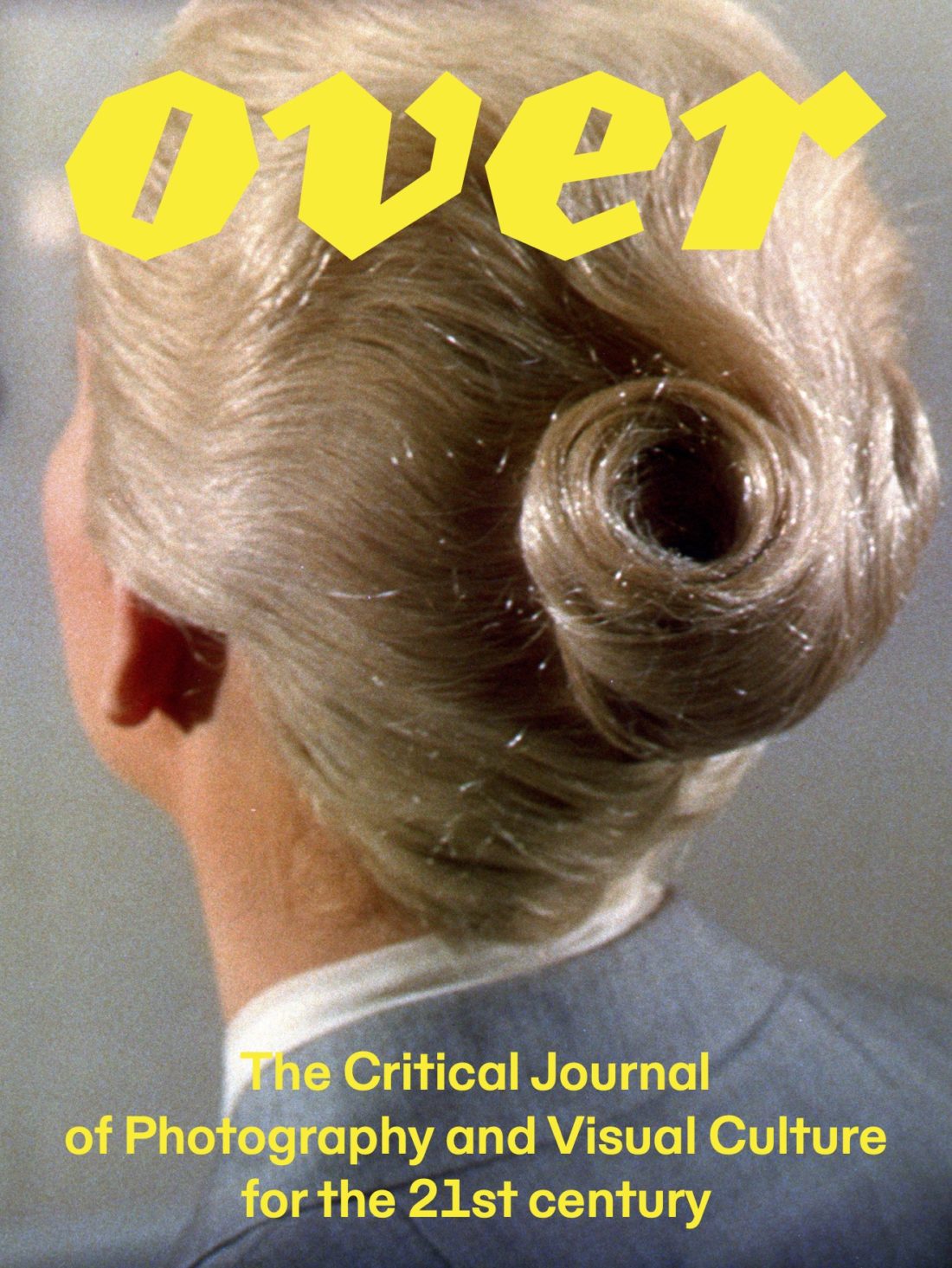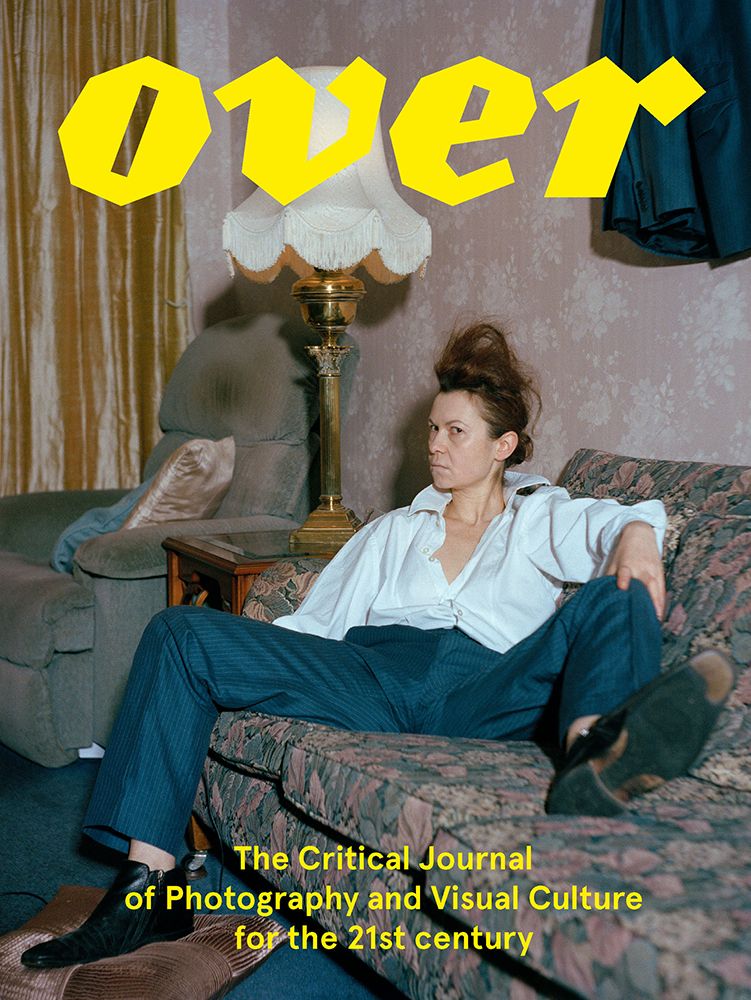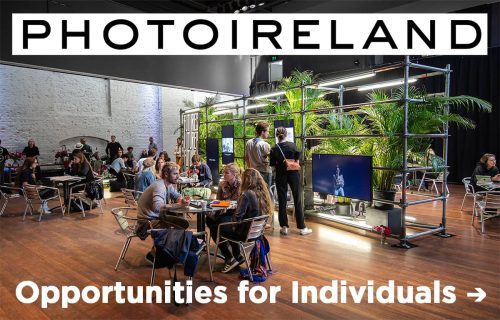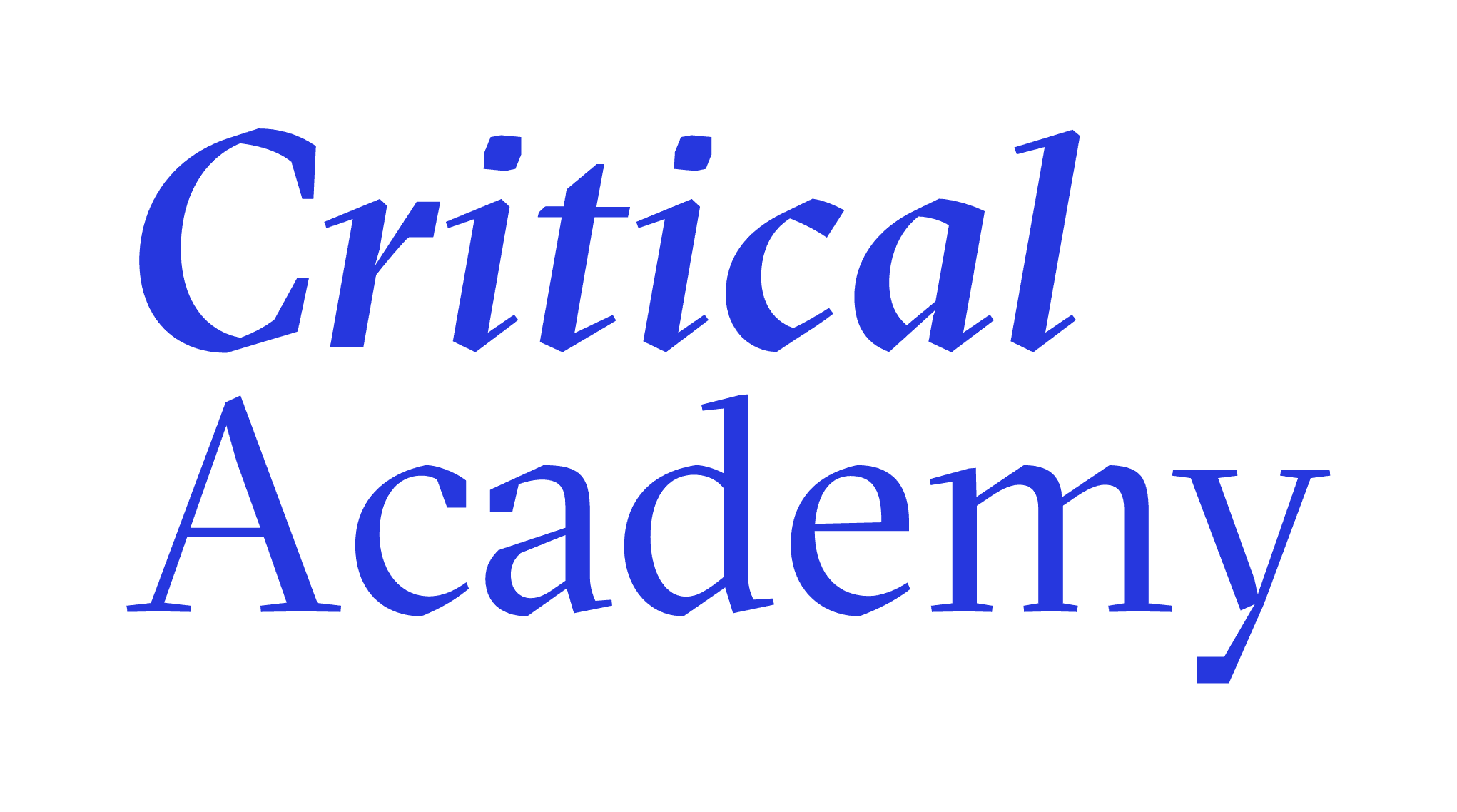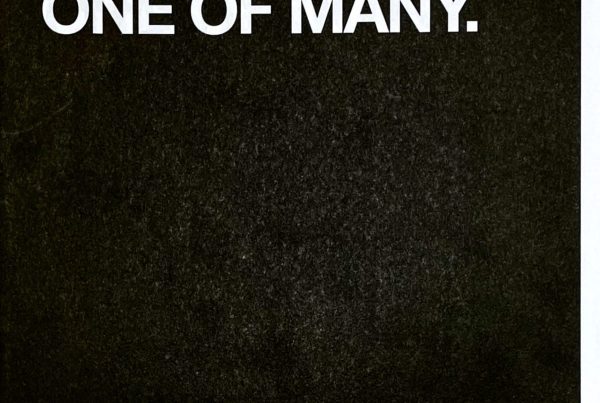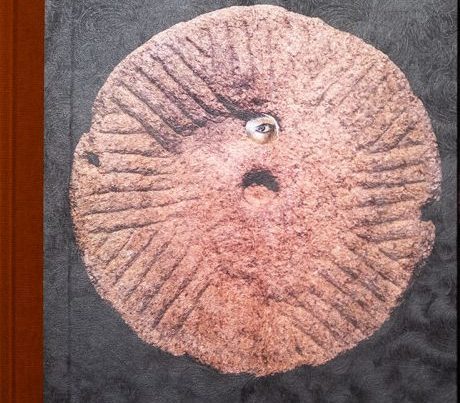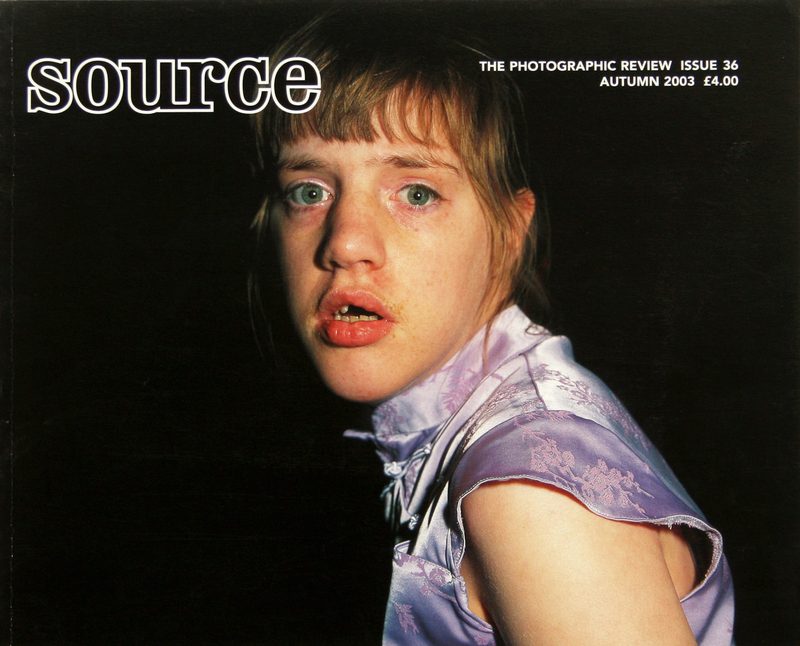

Autumn 2003
Source
Autumn 2003: Issue 36
English
Edited by John Duncan and Richard West.
Softcover
42 pages
260 x 205 mm
2003
ISSN 13692224
Could a substantial and meaningful body of work be constructed from photographs extracted from official archives? The book Evidence, published in 1977 by the artists Larry Sultan and Mike Mandel, seems to pose this question. David Campany looks at this and other examples of photographs removed from (and positioned within) archives and discusses how an archive secures the meaning of photographs.
A similar question about the meanings attributed to photographs that were never originally understood as artworks might also be asked about vernacular photographs that find their way into the art gallery. The implied contradiction of a museum exhibiting both the work of ‘modern masters’ and ‘unknown talents’ is never more paradoxically displayed than in the curatorial policy of John Szarkowski, former director of the photography department at the Museum of Modern Art in New York. Both criticised and applauded as the architect of the cannon of modern photography he was nevertheless consistent in praising the pictures by unknown photographers and including them in his books and exhibitions. Mark Durden describes how Szarkowski’s interest in the vernacular developed and points out unexpected parallels between his modernist cannon and the conceptual art that is often seen as a critique of this work.
No mean conceptual artist himself Keith Arnatt has been prowling the Welsh landscape looking for cows. A mixture of speculation about cow perception and human curiosity, these pictures perhaps only show cows looking back but also ask whether cows wonder (as this photographer wanders into their field). More tractable than cows, office workers are used to organising themselves. In the event of Minna Kantonen’s visit this entailed standing in ‘line of height’. This paradoxical display is perhaps reflective of the abstract heirachies of office life. Or is it a subversion of the established pecking order?
There is a dream-like quality to Julie Fogarty’s photographs of her parents and the family home. The pictures also reveal, however, the stresses of her own personal recovery from illness and the developing relationship with her mother in the face of her increasing need for support.
The Beautiful Octopus and Squidz clubs challenge people’s perceptions of what a club run by and for people with learning disabilities might be. Mauro Cocilio has produced a set of portraits of these clubbers.
About the Publisher
Source is a quarterly photography magazine, available in print and as a digital edition, published in Belfast, Northern Ireland. They publish emerging photographic work and engage with the latest in contemporary photography through news, thoughtful features and reviews of the latest exhibitions and books from Ireland and the UK. Their website brings together an archive of writing and pictures from the magazine alongside current features.1
